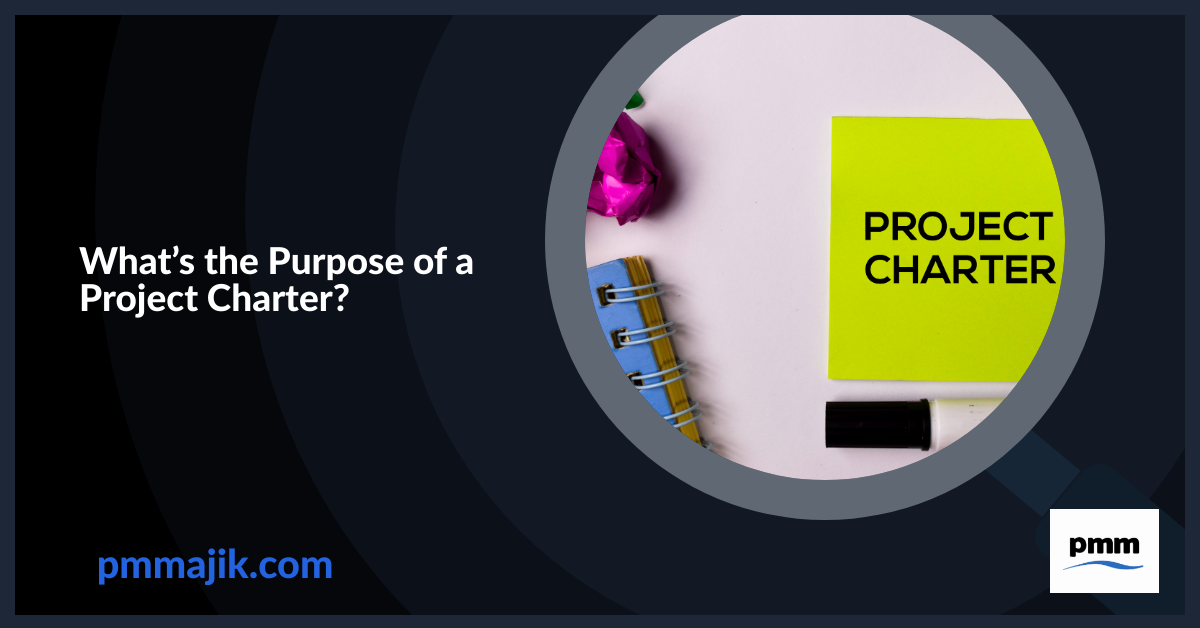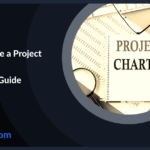There is a lot of documentation that your project management office (PMO) is responsible for. Understanding the purpose of a project charter as one of the key documents that will be produced will get a project off to a good start.
The project charter is a formal document that will set the groundwork for everything that comes next. It should be short and to the point – the rest of the detail will get built out in the rest of the project plans.
Different types of PMO will need and use a project charter in different ways. Sometimes it is there for planning once the project is started; other times a charter is required before the project even gets formal approval.
We are going to explore the four main reasons you need to have a solid project charter template ready for the projects that come under your PMO.
1. It’s the foundation of the project plans
A successful project starts with good planning, and a project charter is the cornerstone of the plans that need to be made.
This document won’t contain a lot of detail about exactly what will happen and when or how much, but it will a basic guideline. This means that the project manager will know what they are aiming for and what their scope is.
The basics of the project like its:
- Timeline
- Budget
- Resource requirements
This will all be laid out in the project charter, helping the project manager – and any other stakeholder – have a starting point when the project plan and schedule start to get put together.
2. It’s a point of reference to guide the project
Along with getting the project off to a good start, the project charter should be used for the entire course of the project.
Since the charter is one of the first things that is signed off and agreed upon for a project, it should work as a guide through the whole process. If there is ever a discrepancy about what should be done or who should be consulted, for example, this information should be held in the project charter.
Think of a project charter as the master document for a project. Everything spans from the charter and is built upon it.
The charter can even include a checklist of all the steps to be taken, sprints to be completed, or milestones achieved. This will help guide the project and keep it on track.
3. It’s a document to hold stakeholders accountable
Project stakeholders aren’t always project professionals, yet they need to be fully informed about what is happening. Since the project charter is high-level and not very technical, it can be used to keep stakeholders in the loop.
It can be the place that stakeholders refer back to when they want to check details such as finances or timelines. The charter offers everyone a shared understanding of what is expected – any deviations need to be documented and agreed.
With the same expectations across the project, everyone can be accountable.
4. It makes a business case
In business- or enterprise-focussed PMOs, you’ll be making the decisions about which projects get commissioned at all. The project charter should be a guiding document in this process.
Some project charters need to lay out the initial arguments to get the project off the ground in the first place and show the benefits to the business of the project delivery. When designing your project charter template, be sure to have a section that covers this, if needed.
Since the document will get the buy-in of the C-suite and stakeholders, the project charter can take on even more power as a guiding document for the project.
The purpose of a project charter
A project charter is a valuable document that should be top of mind throughout a project’s lifecycle. It can help make everything else that comes next much easier, settle disputes, and be a point of reference when something goes wrong. The purpose of a project charter is to lay out the terms for the project to get started and how it will end.






